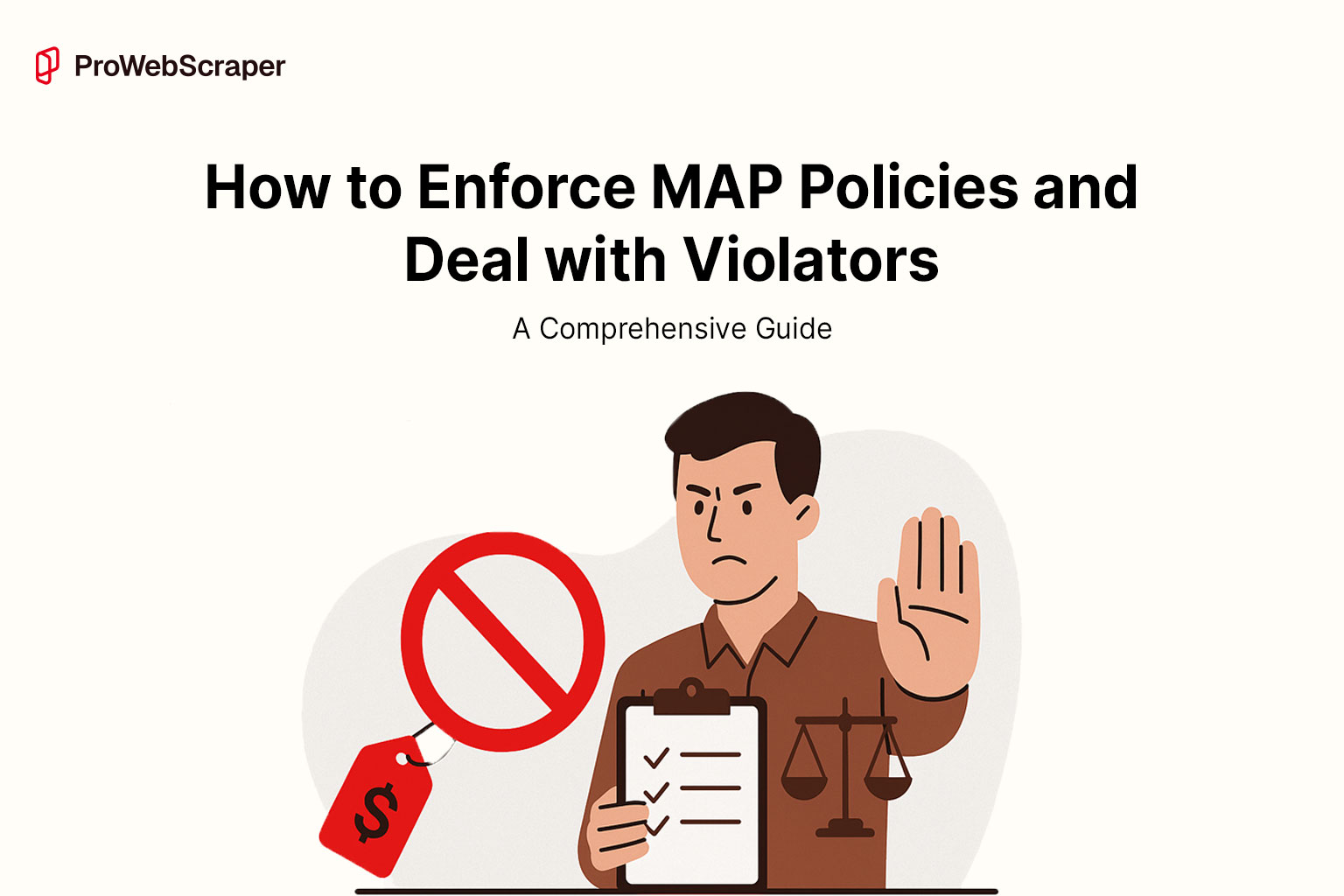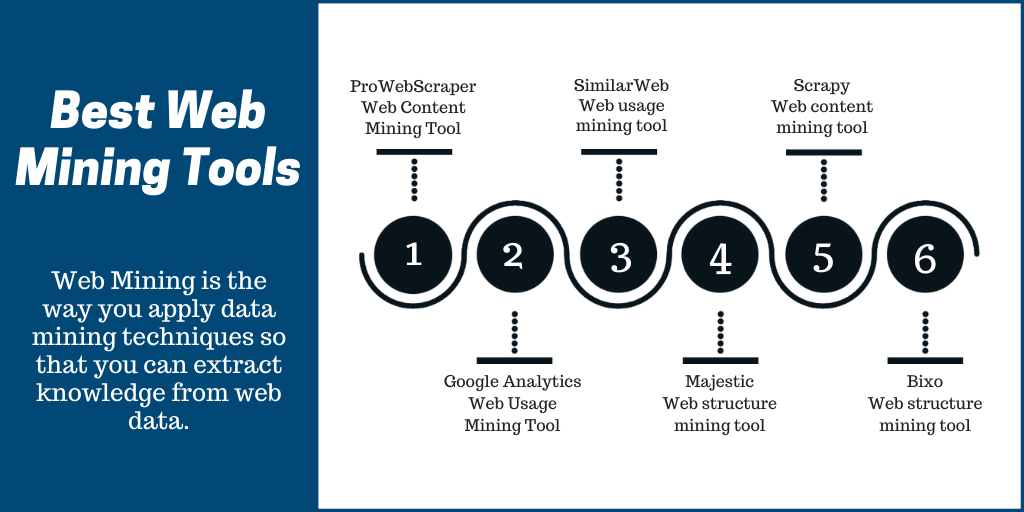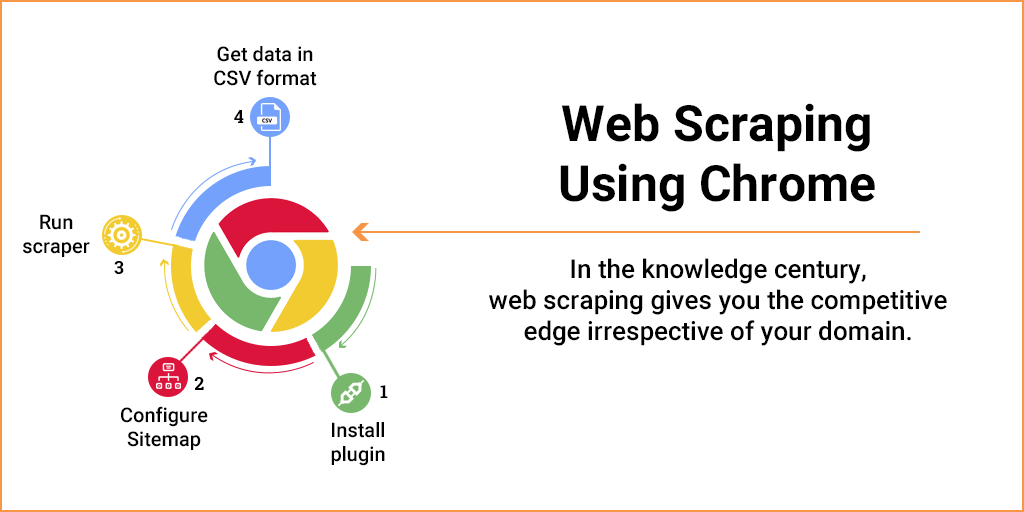
Introduction
While e-commerce unlocks unbounded potential for business, price erosion and unauthorized sellers can undo a lot of your success and profit. This is why implementing Minimum Advertised Price (MAP) policy holds the key. It’s vital on following counts:
✅ Sustaining brand image
✅ Enabling fair competition
✅ Protecting profit margins
✅ Nurturing the bond with authorized sellers
✅ Wondering how to accomplish all of these?
No worries. We have put together a comprehensive guide regarding how to enforce your MAP policy and tackle the violators. It comes packed with easy-to-implement, proven strategies that can guard your pricing integrity.
Understanding MAP Policy and Its Importance
Before we get to the part regarding violators, let’s define quickly what MAP policy stands for and why it matters.
To put it simply, Minimum Advertised Price (MAP) is the lowest price at which the manufacturer allows the resellers to sell his products. It’s pertinent to clarify that MAP policies only regulate the advertised price, not the actual selling price.
If you can enforce MAP policies effectively, here’re the benefits that you can avail:
✅ Preserving and strengthening brand value and reputation
✅ Sustaining healthy profit margins
✅ Enabling fair competition among authorized retailers
✅ Nurturing relationships with compliant retail partners
✅ Preventing price wars that lead to race-to-the-bottom pricing
💡 Did you know? Studies show that brands that effectively and consistently enforce MAP policies notch up a 23% increase in overall brand value enhancement among consumers.
Categorized Steps for Effective MAP Enforcement
1. Develop a Clear and Comprehensive MAP Policy
Wondering what should constitute your MAP policy? Here’re the key elements:
- Clear definition and statement of what constitutes violations
- Articulation of specific consequences for non-compliance of respective violations
- Process of how the violations will be addressed
- Procedure of appeals for violators
⚖️ Pro tip: Just to be safe, get a legal expert to review your policy so that it is in compliance with antitrust regulations.
2. Communicate Your Policy Effectively
While most companies have some sort of MAP policy, many companies don’t take proactive steps to communicate it effectively. Studies show that brands that effectively communicate their MAP policies generate much better awareness leading to improved compliance. Here’re steps you can take:
- Widely circulate and send the MAP policy to all existing and potential retail partners time and again
- Make sure you Include it in all onboarding materials for new resellers
- Upload and display it prominently on your partner/reseller section of your website
Use the following email template to communicate your MAP policy:
Subject: Important Update: [Your Brand] MAP Policy
Dear [Retailer Name],
We are writing to inform you about [Your Brand]’s Minimum Advertised Price (MAP) policy, effective [Date]. This policy is designed to protect our brand reputation, ensure fair competition, and maintain a positive customer experience across all sales channels.
Key points of our MAP policy:
1. The minimum advertised price for each product is listed in the attached document.
2. This policy applies to all forms of advertised prices, including online listings, print ads, and in-store displays.
3. Violations may result in [consequences, e.g., suspension of selling privileges].
Please review the attached policy document carefully. If you have any questions, don’t hesitate to contact us at [contact email/phone].
We appreciate your cooperation in adhering to this policy.
Best regards,
[Your Name]
[Your Position]
[Your Brand]
3. Implement Robust Monitoring
In MAP policy enforcement, how great brands stand out is how they monitor it. This is how you can improve your monitoring:
- Make sure you cover multiple online marketplaces
- Carry out repeated and frequent price checks (several times a day)
- Institute a mechanism for real-time violation alerts
- Especially track the In-cart pricing and special offer
- Take screenshot capture for evidence
💡 There are amazing tools now such as ProWebScraper that can check prices up to 24 times a day, ensuring comprehensive coverage and effective monitoring across various e-commerce platforms.
4. Establish a Clear Enforcement Process
It’s important to clearly define how you are going to enforce it:
Generally, the first violation does not need to result in termination of the relationship. It should be enforced in a graded manner defined below:
- First violation: Triggers a warning
- Second violation: Leads to temporary suspension
- Third violation: Results into termination of relationship
Use the following email templates for violation notices:
First Violation:
Subject: MAP Policy Violation Notice – First Warning
Dear [Retailer Name],
We have detected a violation of our Minimum Advertised Price (MAP) policy for the following product(s):
[Product Name] – Advertised at [Price] (MAP: [Correct MAP])
Please adjust your advertised price to comply with our MAP policy within 48 hours. Failure to do so may result in further action as outlined in our policy.
If you believe this is in error, please contact us immediately at [contact email].
Thank you for your prompt attention to this matter.
Best regards,
[Your Name]
[Your Position]
[Your Brand]
Second Violation:
Subject: MAP Policy Violation Notice – Second Warning
Dear [Retailer Name],
This is to inform you that we have detected a second violation of our MAP policy:
[Product Name] – Advertised at [Price] (MAP: [Correct MAP])
As per our policy, your selling privileges for [Your Brand] products will be suspended for [duration, e.g., 30 days] effective immediately.
To reinstate your selling privileges, please confirm in writing that you will comply with our MAP policy going forward.
If you have any questions, please contact us at [contact email].
Regards,
[Your Name]
[Your Position]
[Your Brand]
5. Document Everything
Always plan as if there’s going to be a legal proceeding once you take action against a violator. So document everything because it will come handy as evidence if it actually comes down to legal proceedings or even if the reseller wants evidence as to why action was taken against him.
Maintain records of the following:
- Date and time of violation
- Screenshot of the violation
- Communication sent to the violator
- Violator’s response (if any)
- Action taken
6. Address Violations Promptly
Action should be prompt otherwise it is not effective.
So make sure you do the following:
- Address violations within 24-48 hours
- Utilize automated systems for initial notices
- Keep a team ready for responses and escalations
7. Be Consistent in Your Enforcement
Even violators will expect fair treatment and fairness in your actions. Remember, the community of retailers will be watching you whether you are enforcing it on specific resellers, being lenient on others or you are being fair to all. Whatever it is that you decide to do, be consistent as follows:
- Apply the same process to and take action for all violators
- Avoid making exceptions unless clearly outlined in your policy
- Regularly review enforcement actions for consistency
8. Leverage Technology for Enforcement
Technology can enable you to make the enforcement robust as well as fair. If it is system generated, nobody can question you. It’s also good for building a systematic process. So look for tech tools that provide the following:
- Automated violation detection
- Customizable enforcement workflows
- CRM integration
- Analytics for tracking effectiveness
💡 You may be surprised how tools like ProWebScraper offer AI-powered violation detection and customizable workflows, taking the enforcement process to the new level of sophistication.
9. Educate Your Retail Partners
Prevention is better than cure. Dealing with violators is firefighting. It’s required. But what if you could prevent it all or some of it? Well, then all you need to do is to spread awareness, communicate the policy time and again and educate your retail partners:
- Provide interactive training sessions on your MAP policy allowing them to clarify their doubts and concerns
- Provide clear guidelines on promotional activities
- Develop a detailed FAQ section for common MAP-related questions and also provide an email id where they can send questions which they have that are not included in FAQs.
Use the following email template for educational communication:
Subject: Understanding [Your Brand]’s MAP Policy – Educational Resources Available
Dear [Retailer Name],
To help ensure a smooth partnership and compliance with our MAP policy, we’ve prepared some educational resources for you and your team.
Available resources include:
1. MAP Policy FAQ document
2. Guidelines for promotional activities
3. Webinar on MAP policy compliance (scheduled for [Date/Time])
You can access these resources at [link to resources].
If you have any questions or need clarification on any aspect of our MAP policy, please don’t hesitate to reach out to us at [contact email].
We appreciate your commitment to maintaining our brand’s value in the marketplace.
Best regards,
[Your Name]
[Your Position]
[Your Brand]
10. Address Unauthorized Sellers
No matter what you do, there will always be a few violators. Therefore, the important thing is to address unauthorized sellers and send a clear message. Here’s how you can go about it:
- Employ investigative techniques to identify unauthorized sellers
- Send prompt cease and desist letters
- Explore legal action for serial violators
- Put in place stricter and more stringent distribution controls
Use the following template for cease and desist letters:
Subject: Cease and Desist – Unauthorized Sale of [Your Brand] Products
Dear [Seller Name],
It has come to our attention that you are selling [Your Brand] products without authorization. As an unauthorized seller, you are in violation of our distribution policies and potentially infringing on our intellectual property rights.
We hereby demand that you immediately cease and desist from:
1. Selling any [Your Brand] products
2. Using our trademarks, logos, or copyrighted material
Failure to comply with this demand within 48 hours may result in legal action.
If you believe you have received this notice in error, please contact us immediately at [contact email] with evidence of your authorization to sell [Your Brand] products.
Sincerely,
[Your Name]
[Your Position]
[Your Brand]
11. Offer Incentives for Compliance
While you may think of taking action against violators, one of the preventive ways is to offer incentives for compliance. You can reward those good retailers with:
- Priority allocation of in-demand products
- Co-op advertising funds
- Exclusive product lines or early access
12. Regularly Review and Update Your Enforcement Strategy
It’s alway good to think that there’s room for improvement and review and update your enforcement strategy. Explore the following practices:
- Carry out regular quarterly reviews of your enforcement strategy and its efficacy
- Keep an eye on new and innovative enforcement tech tools that can enhance your enforcement strategy
- Be flexible and open to modifying the policy and processes as required, rather than waiting for the scheduled quarterly review
13. Handle Appeals Fairly
Once you enforce the MAP policies and take action, there will be appeals. Instead of trashing appeals like some companies may do, the responsible thing to do as a good brand would be to handle all the appeals fairly and with an open mind. Here’s what you can do:
- Put in place a clear and systematic process for appeals
- Make sure you have a dedicated team to review appeals
- Base decisions solely on evidence and policy guidelines to ensure fairness
- Delay or indecision makes your brand appear in poor light. Communicate decisions clearly and promptly
14. Consider Legal Action as a Last Resort
Legal action is always an option but remember it should not be the first step but the last resort because it tends to be a long and tedious process that might use up a lot of your time and resources. Take the following into account:
- Consult your legal experts before taking recourse to legal action
- Make sure you have sufficient and solid documentation of violations and enforcement efforts
- Be ready for possible counterarguments
15. Measure and Analyze Your Enforcement Efforts
While you may keep working on MAP enforcement, it would be good to measure and analyze the outcome of your enforcement efforts to improve it further. You can monitor the following key metrics:
- Number of violations over time; decrease or increase will tell you something
- Time taken to resolve the violations; there can be room for reducing the time taken
- Compliance rate among retailers; is it improving because of your enforcement efforts? If it is decreasing, you have to rework the enforcement strategy.
- Impact on overall pricing and sales; this is where you should be able to see the impact. If not, reflect on where you can improve in your enforcement efforts
💡 Need help with this review of this sort? Advanced tools like ProWebScraper‘s analytics dashboards provide a beautiful visualization of these metrics and help you interpret all metrics in an easy way, enabling data-driven decision-making
Comparison: Basic vs Advanced MAP Enforcement
| Aspect | Basic Enforcement | Advanced Enforcement (with ProWebScraper) |
|---|---|---|
| Monitoring Frequency | Daily | Up to 24 times per day |
| Violation Detection | Manual checks | Automatic detection |
| Coverage | Limited marketplaces | Comprehensive, including Amazon, eBay, Walmart |
| Analytics | Basic reporting | Advanced dashboards and custom reports |
| Enforcement | Manual process | Automated workflows |
| ROI | Varied | Typically 15-25% increase in profit margins |
Conclusion
While most companies have MAP policies in place, the key is how each company goes about enforcing it and dealing with violators. Dealing with violators instinctively without a systematic plan can adversely affect your brand value because all stakeholders observe you and expect fairness and objective treatment for all.
This is why if you could follow these well-defined and graded steps and harness tech tools like ProWebScraper, you can enhance your existing enforcement efforts and create a system that protects not only the pricing integrity but also your brand value and reputation.
Enforcing MAP policies is not a one-time exercise; it’s an ongoing process. With this guide in place, you can make your enforcement plan more effective and the pricing ecosystem that caters to the best interests of all the stakeholders like your brand, your compliant partners and above all, your customers.
Are you eager to effectively implement a pricing strategy defined by a robust MAP policy? Get started with these strategies mentioned in this guide and experience the difference!
Frequently Asked Questions
Ideally, once a year. Some brands do it on a quarterly basis. However, based on market changes and your own experience of enforcement, you can update it more often.
Manually, it’s not possible. But, you can use advanced tools like ProWebScraper that provide comprehensive marketplace monitoring, you can enforce MAP policies on Amazon and others.
Studies show that many brands experience 15-20% increase in profit margins within the first year
It’s not possible to expect 100% adherence to MAP policy during major sales events. To tweak MAP policy a bit, you can allow exceptions to your MAP policy during major sales events. Make sure you document this and make it a part of MAP policy itself. Don’t keep it vague and undefined.
In general, yes, it is legal to do so. However, records should show that you took steps to inform, give out warnings and tried all other steps and finally took recourse to legal action. Documentation of all steps and evidence of violation will be helpful. However, consult your legal experts for the final call.



